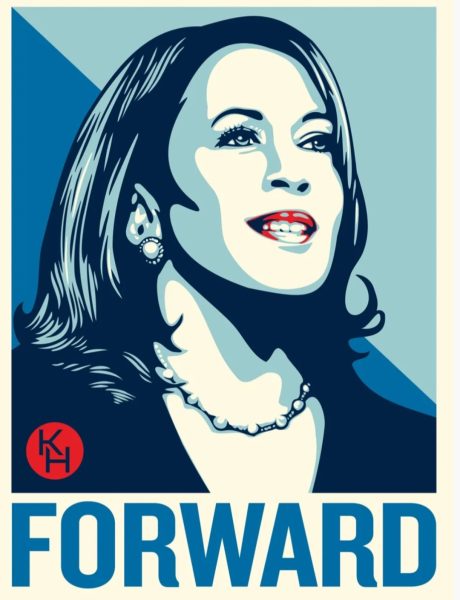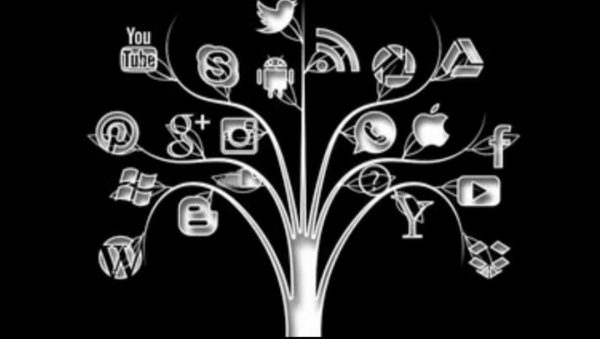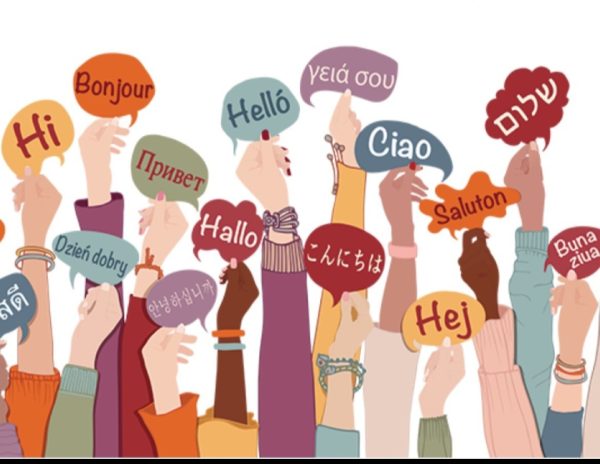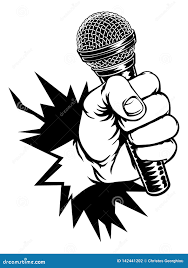Teach queer history
For the LGBTQ youth of today, although the news and the Internet have proved to disseminate terminology and support, they are still insufficient, and in some cases, they are actively detrimental.
In the United States, four years after the legalisation of same-sex marriage, LGBTQ as a united whole continue to elude hard numbers, statistics–and textbooks. Despite this being an era of advances and pushback for LGBTQ rights and acceptance, the majority of history and health classes pond-skip or ignore the topic entirely. Plain and simple, this is erasure–of the past, the present, and the future. Queer people of the past deserve to have their lives remembered, and queer people of the present deserve a future where they can be fulfilled and accepted.
Queer history is very much relevant to the bigger picture. Aside from within the Gay and Lesbian Kingdom of the Coral Sea Islands–or, considering it dissolved in 2017, in spite of the fact that it existed, queerness is a marginalised trait. (And by queerness, I refer not only to same-sex loving people or transgender people, but also to the asexuals, aromantics, gender non-conformists). Because marginalisation forces people to, generally, either suppress a part of themselves or face horrific consequences, their queerness paints the world in a different light.
Like race or culture, it inevitably informs a person’s lifestyle and work. Artists imprint themselves onto their creations, and activists shape their activism on their experiences. For example, the famous Finnish comic, The Moomins, is seeing a renewed surge of interest from queer Americans because of the homoromantic undertones between two characters, influenced by the creator, Tove Jansson’s, own romance with a woman.
Alan Turing, the Englishman who co-invented the computer that cracked Nazi Germany’s Enigma code, was poisoned by his own government because he was gay. And Pauli Murray, the black lawyer only just now gaining recognition for creating the framework for Thurgood Marshall’s argument in Brown v, Board and working with fellow feminist leaders, was also so torn between her transmasculinity and female sex that she dedicated a whole two paragraphs to her relationships in her autobiography.
For the LGBTQ youth of today, although the news and the Internet have proved to disseminate terminology and support, they are still insufficient, and in some cases, they are actively detrimental. “Discourse” between three twenty-something-year-olds and a teenager on Tumblr.com may appear inconsequential, but the fact is that the radicalisation of online spaces extends to the real world.
For one, Tumblr has a reputation for being liberal and populated with teenagers, and while it has its own Neo-Nazi infestation, the reputation is well-earned. Tumblr may be the first place a child gets to learn about LGBTQ in-depth and connect with others of similar ilk. Its importance in today’s LGBTQ community means that it will shape the generation’s queer experience.
However, gender-essentialist, andro- and trans- phobic movements like radical feminism, and exclusionists who discredit bisexuals, asexuals, and aromantics because they are seemingly protected from homophobia, exist within the same space.
Ultimately, these groups are able to worm their ways into mainstream view by virtue of the fact that queer history–especially that of trans activists like Miss Major who also supported gay rights, the tension between the gay male and lesbian communities, and of third or nonbinary genders in other cultures–is so rarely talked about. The schisms of the late 1900s rehash themselves, harming not only the thirty-year-olds who know who they are, but also the fourteen-year-olds balancing puberty and self-realisation.
The benefits of teaching queer history extend to non-LGBTQ students as well. It can be taken as a given that they will have a better understanding of history as a whole and be able to relate to LGBTQ peers. But the acceptance that stems from naturalising queer history will eventually lend itself to challenging norms that restrict them as well. Too often, boys and girls are discouraged from friendship by adults who tease them for their apparent romantic interest.
Love is frequently confused with the sexual and romantic, and even when, say, friendship or siblinghood are recognised, many have the sense that they are somehow of a lesser priority. In the sports scene, queer acceptance intersects with racial equality. Caster Semenya, a South African Olympic gold medalist runner, is a cis (non-trans) woman. Not only the media, but her competitors and the sports organisations making the rules pinned her high achievements to her sex, at first questioning whether she was really a woman, and then enacting policies regulatingthe testosterone levels of women which seemingly targeted her specifically.
Queer history is as important as any other history, and teaching it is vital to fightingagainst discrimination. Covering queer movements protects students from revisionists and gives them context for many current, controversial events. Simply mentioning that a figure was queer can affirm their legacy.
Teach queer history.







